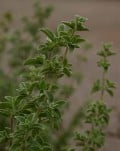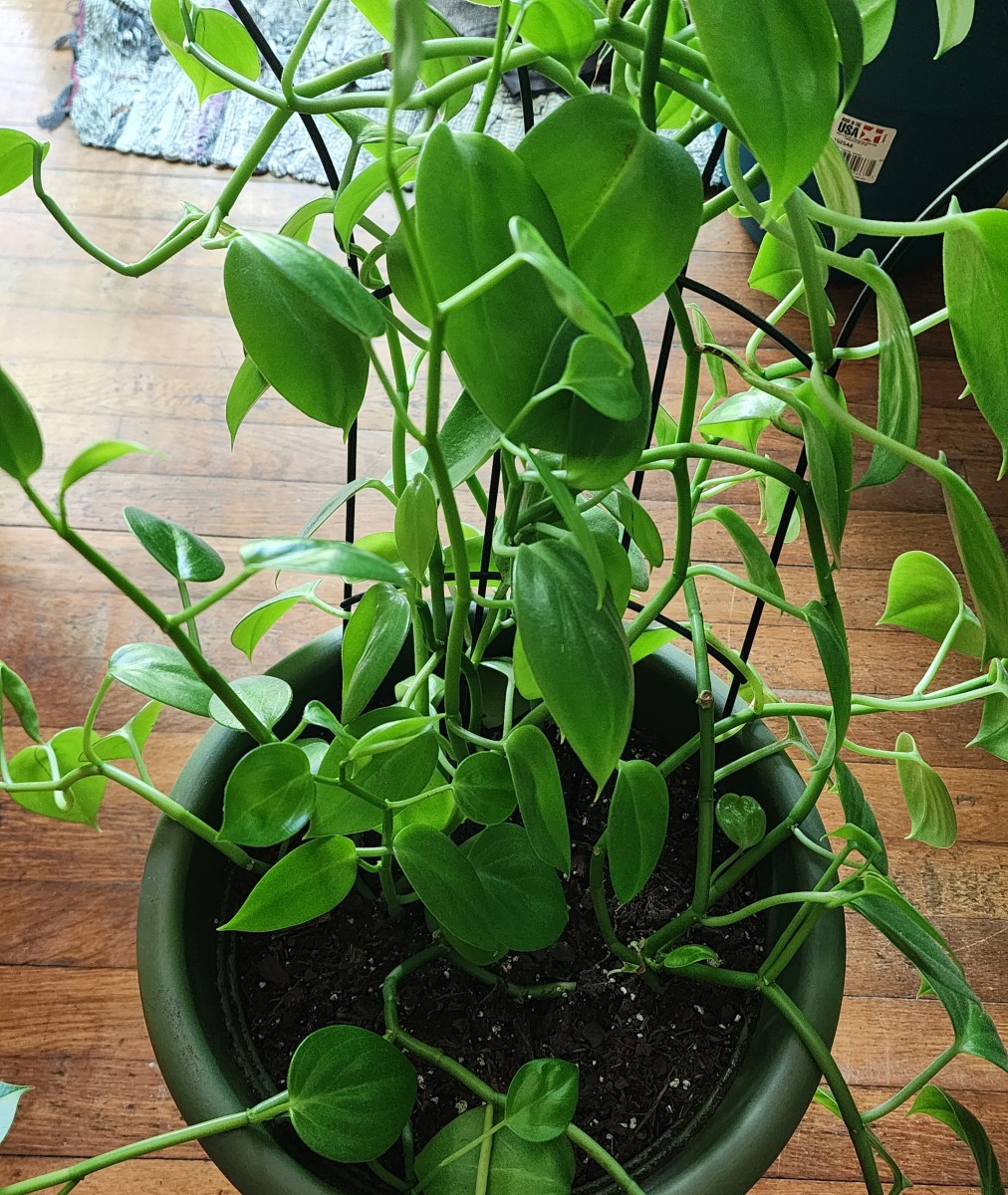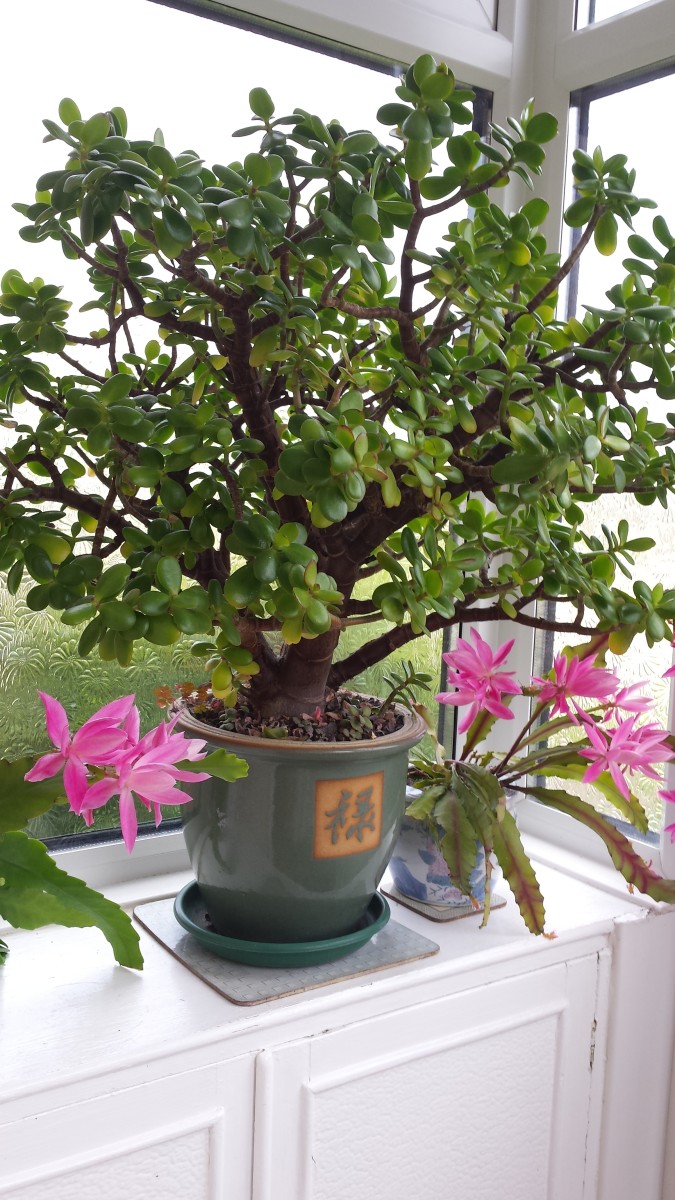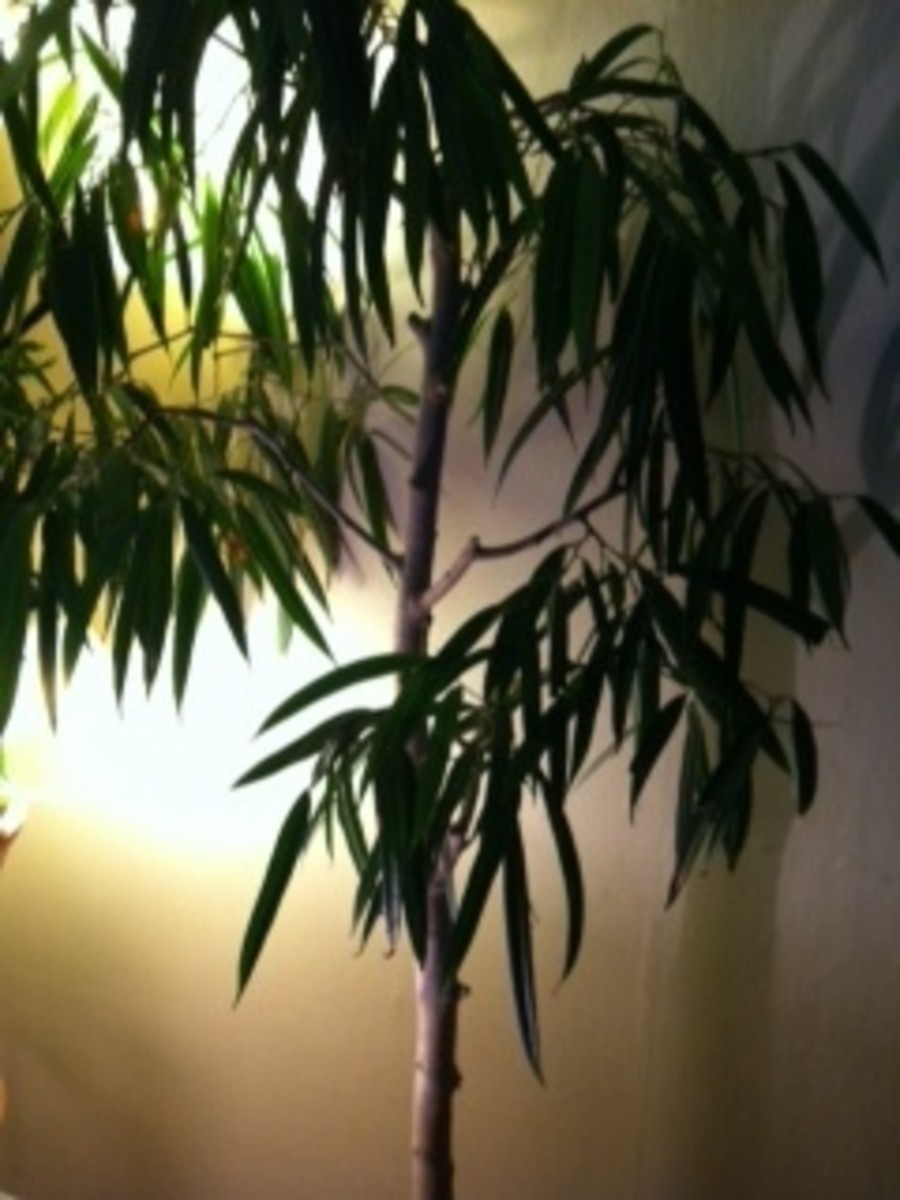Growing Herbs

Taking Charge Of Our Food
As a well informed society, we are concerned about our health, and the foods we consume. In an effort to take better control of our diets, many of us have decided to grow our own food. Some of us, with little space or gardening knowledge opt for the basic herbs.
Let' s look at a few herbs, and the best growing conditions for each of them. While many culinary herbs are hearty, it is prudent to know a bit about optimal growing conditions for each. Sunlight, soil and plant size can help determine if a particular herb is better suited for the outdoors or the window sill.
Window sills provide a suitable environment for some herbs and a poor one for others. Air circulation, humidity, soil, sunlight , shade and water each play a part in your herbs health and production.
Your herbs can also be effected by the grease and odors in your kitchen. These toxins invade the pores of the plant.
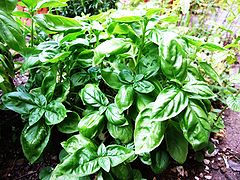
Basil
Keep in mind, Honey Bees are naturally attracted to this plant. This perennial is a tropical plant and thrives in hot and dry conditions and is sensitive to the cold. Basil grows from 12"-18" in height and can be potted. It is a sun lover and if kept inside, make sure it gets plenty of light.
Basil should be added at the end of your cooking, rather than at the start. Overcooking destroys it's flavor.
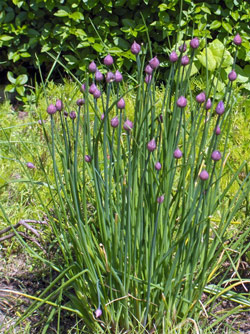
Chives
Just a friendly reminder, chives smell like onions, making them a poor candidate for indoor potting. Unless, of course, you like the constant fragrance. Typically, chives grow up to an 18" height. This perennial prefers full sunlight, with weeded and well drained soil. With its pretty flowering buds, I think it makes a very attractive border plant.
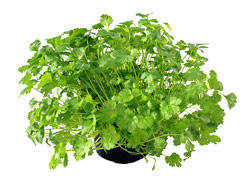
Cilantro/Coriander
Performs best in a deep and fertile soil with good drainage. Cilantro is a member of the parsley family. Your intended use of the plant determines its need for light. If you prefer to use the leaves (cilantro), it does well in a shaded area. Should you prefer to use the seed, (coriander) the biennial needs lots of sunshine. The plant will reach a height of 24".
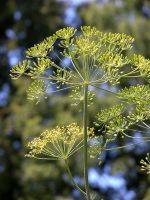
Dill
Reaching a height of 3 feet, and requiring plenty of sun and water, this plant, also from the parsley family, is best suited to the outdoors. It naturally attracts birds, bees and butterflies. Its more common uses include pickling cucumbers, soups and stews. In other regions it is often found in breads.
Dill makes a pretty presentation when sprinkled on a bowl of mashed potatoes or a platter of creamy noodles.
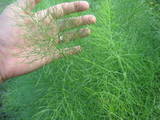
Fennel
Insects are drawn to fennel. This herb requires lots of sun or it may not flower. It grows best in a deep, rich and fertile soil and grows rapidly. Unless, the flower heads are kept trimmed, it reseeds itself quickly and can take over the garden. It usually reaches 24" in height and requires good drainage.
The insects drawn to this plant, also bring about birds and butterflies.
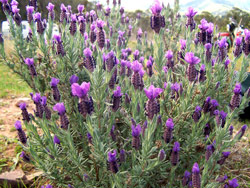
Lavender
Lots of sun and well drained soil and fragrant lavender thrives. This herb is so versatile that it is classed as both a medicinal and a culinary hub. Usually, appearing in upscale dishes and garnishes. It can be difficult to find in most regional grocery stores.
Its very name derives from the Latin word "lavandula", which means 'to wash'. Lavender is a member of the mint family and grows to be 12"-18" in height. It is often used in ornamental gardens.
Lay some lavender in your clothes closet, it natually repels moths.
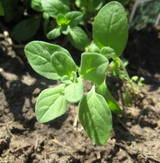
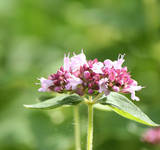
Marjoram and Oregano
This one is a great herb for the windowsill. It needs only partial sunlight and can tolerate poor soil conditions, though it does require good drainage. It can reach heights of 36", so pay attention to its placement.
Marjoram makes a great substitute for oregano. It has a slightly sweeter taste, making it excellent for lamb and Italian sauces.
The plants are very similar in growing conditions. Oregano is an easy growing herb. It needs only partial sunlight and little maintenance. With such a flowering top, it makes a nice edging plant.
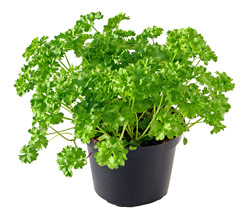
Parsley
There are two types of parsley. The Flat Leaf which is flavorful and the one most often used in cooking. The Curly Leaf is bitter and most used as a garnish. Whichever you choose, growing requirements are the same. They like plenty of sun, but during extreme temperatures or very long days , they will need some shade. They are suitable to the windowsill also, as their height reaches 18". The root system is long, so if keeping your plant in a pot, make it a deep one.
Add parsley at the end of the cooking procedure.
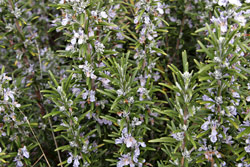
Rosemary
This is a gorgeous plant and an easy one to grow. It towers at 4' in height. With pink, white or lavender flowers, it is oranamental plant. Rosemary loves the heat, needs watering daily and requires good drainage. It does not do well with humidity, it is prone to a powdery mildew. Make sure it has plenty of air circulation, using a fan if necessary.
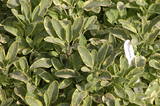
Sage
This is another tall growing plant, reaching heights of 36". Sage likes lots of sunshine, but also may require shade in extreme temperatures and long days. Take care not to over water sage, and be sure it has good drainage.
The leaves are at their best just before, and just after flowering. Do not harvest sage during its first year.

Thyme
Is it a perfume? A preservative? An herb? Thyme is useful in many ways.
It is also a very hearty plant, growing almost anywhere. With a 6"-10" height and low maintenance, and pretty flowers, it makes an excellent ground cover. Forget the tulips, tiptoe through the thyme.
Thyme likes a dry and sunny environment, and requires little water or attention.
Interested in HubPages ?
Join us here. http://hubpages.com/user/new/
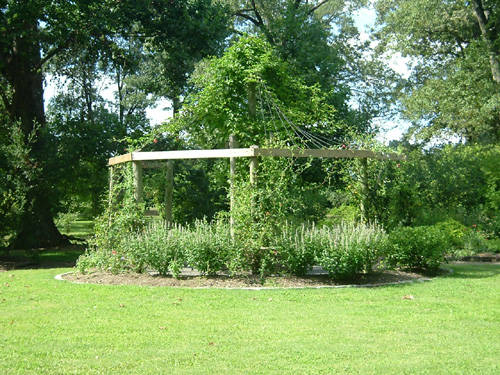
Good Beginings
When planting your herbs, fresh seed is best. Herbal kits are widely available, but do use caution when buying. Check expiration dates, and buy from a reputable dealer. You can not overcome poor seed quality.
It is normal for plants to have some yellowing of leaves. Simply pick off the dying leaves and discard. A high degree of yellowing, indicates either too much or too little water.
If your plants are growing tall and " spindly", there is too little light available.
( photo taken at Memphis Botanical Gardens )
Related Hubs
- Friendly Figs
Beyond writing about what you know, a writer researches and looks for more facts or interesting tidbits to flavor and enhance the story. Sometimes, the writer learns that something he or she thought was true,... - Thyme Through Time (HUBNUGGETS WINNER)
Thyme Through Time Some things are so common , it seems as though they have always been with us. Tracing their origin becomes so monumental, we begin to think they predate us. Herbs and spices are... - Beyond Parsley, Sage, Rosemary and Thyme
Whether you are preparing beef, chicken, pork, sauces, gravies or just want to give your palate a new taste sensation, the right herbs and spices can help you with your endeavors. If you are a confident...



